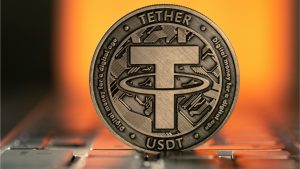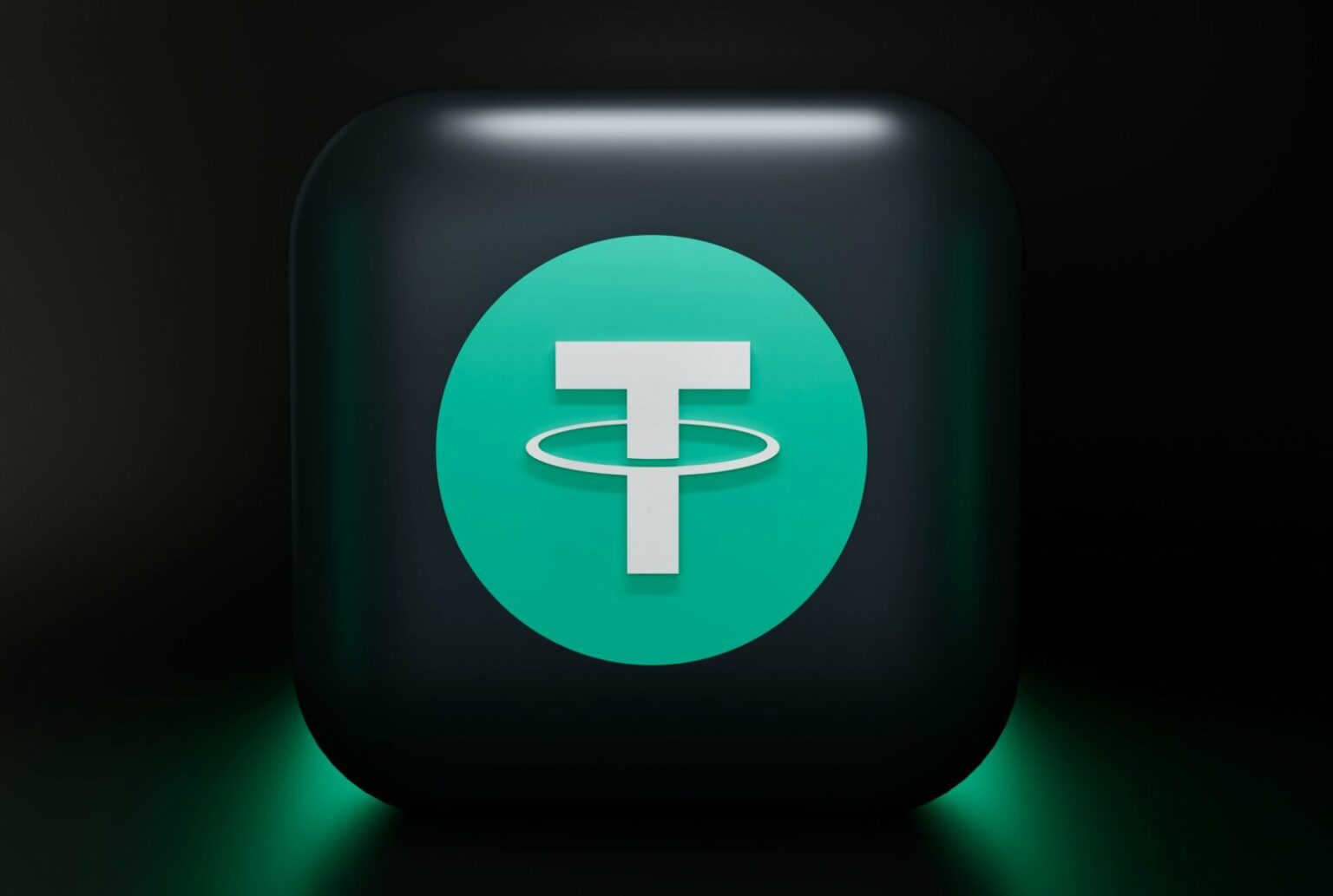
Tether, the company behind the world’s largest stablecoin by market capitalisation, USDT, announced a robust financial performance for the first quarter of 2025, posting an operating profit exceeding $1 billion. The stablecoin issuer, known for its dollar-pegged cryptocurrency, also revealed it holds nearly $120 billion in U.S. Treasury exposure and maintains $5.6 billion in excess reserves, reinforcing its financial stability amid a challenging cryptocurrency market.
The figures, verified by global accounting firm BDO, were detailed in Tether’s Q1 2025 attestation report, marking its first reporting period under regulatory oversight in El Salvador.
According to the report, the company’s total assets as of March 31, 2025, stood at about $149.3 billion, while liabilities were reported at $143.7 billion, nearly all of which are tied to its issued digital tokens. The $5.6 billion in excess reserves, though slightly down from $7.1 billion in Q4 2024, underscores Tether’s commitment to maintaining a liquidity buffer beyond its 100% reserve backing for USDT.

The company’s reserves are predominantly composed of cash and cash-equivalent assets, with 66% allocated to U.S. Treasuries, including $98.5 billion in direct Treasury bills and over $23 billion in indirect exposure through repurchase agreements and money market funds. Smaller portions of the reserves include gold and Bitcoin, with the latter valued at $7.7 billion, a decline attributed to new U.S. regulatory frameworks for stablecoin issuers.
Despite profit, Tether records a Y-O-Y decline
Tether’s Q1 profit, while substantial, reflects a year-over-year decline from the $4.52 billion recorded in Q1 2024, a period buoyed by significant gains in Bitcoin and gold. This year’s earnings were driven primarily by steady yields from Tether’s massive U.S. Treasury holdings, highlighting a shift toward more conservative income streams.
The company’s strategic focus on government securities has strengthened its liquidity position, with analysts noting that Tether’s treasury portfolio rivals that of some sovereign wealth funds.

“Tether’s reliance on U.S. Treasuries provides a stable revenue base, insulating it from the volatility of crypto markets,” said a spokesperson from blockchain analytics firm Nansen.
The first quarter also saw significant growth in USDT’s adoption, with the stablecoin’s supply increasing by $7 billion and its active user wallet base expanding by 46 million, a 13% jump. With a market capitalisation approaching $150 billion, USDT commands a 66% share of the global stablecoin market, far ahead of competitors like Circle’s USDC, which holds a 25.4% share.
The surge in demand for USDT reflects its role as a cornerstone of cryptocurrency trading and cross-border transactions, particularly in regions with limited access to traditional banking.
Tether’s financial success comes amid its initial period of regulatory oversight in El Salvador, where the company is headquartered. The move follows years of scrutiny over the transparency of its reserves, including a 2021 settlement with the U.S. Commodity Futures Trading Commission for $42.5 million over misleading statements. CEO Paolo Ardoino has emphasised efforts to align with global regulatory standards, signalling Tether’s ambition to expand its credibility.
Beyond its core stablecoin operations, Tether has diversified its investments, allocating over $2 billion to long-term initiatives in artificial intelligence, renewable energy, peer-to-peer communication, and data infrastructure. These ventures, while not part of USDT’s reserve backing, reflect Tether’s broader vision to influence emerging technologies.
The company also continues to bolster its Bitcoin reserves, acquiring 8,888 BTC worth $735 million in Q1, bringing its total holdings to 100,521 BTC, valued at approximately $8.46 billion.

Despite its financial achievements, Tether faces challenges. The broader crypto market experienced a 12% decline in Bitcoin’s value during Q1, marking its worst first-quarter performance since 2018. Regulatory pressures, including the U.S.’s proposed GENIUS Act and Europe’s MiCA regulations, could impose stricter reserve and audit requirements, potentially impacting Tether’s operations. The company has already been delisted from several European exchanges for lacking an e-money licence, a hurdle that competitor Circle has overcome.
Tether’s Q1 2025 performance underscores its dominance in the stablecoin market and its ability to generate significant profits in a volatile industry. As it navigates regulatory landscapes and pursues ambitious expansions, Tether remains a pivotal player in the global cryptocurrency ecosystem, with its financial strategies closely watched by investors and regulators alike.


